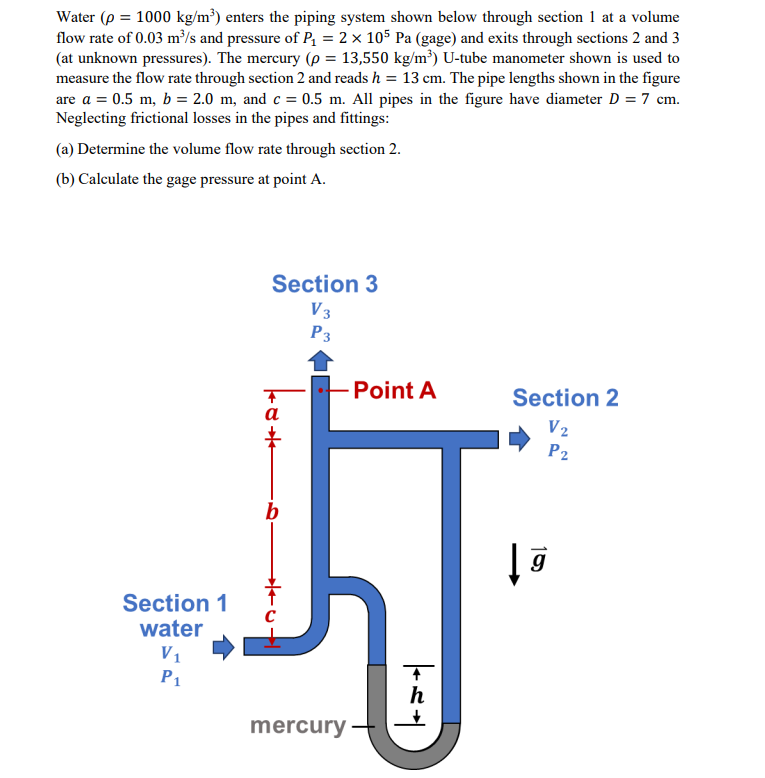Answered step by step
Verified Expert Solution
Question
1 Approved Answer
the answer of this question is : (a) 0.021 m3 /s (b) 198 kPa (gage) PLEASE ONLY POST AN ANSWER IF IT MATCHES THE ANSWER
the answer of this question is : (a) 0.021 m3 /s (b) 198 kPa (gage)
PLEASE ONLY POST AN ANSWER IF IT MATCHES THE ANSWER I PROVIDED ABOVE!!!!!

Step by Step Solution
There are 3 Steps involved in it
Step: 1

Get Instant Access to Expert-Tailored Solutions
See step-by-step solutions with expert insights and AI powered tools for academic success
Step: 2

Step: 3

Ace Your Homework with AI
Get the answers you need in no time with our AI-driven, step-by-step assistance
Get Started


